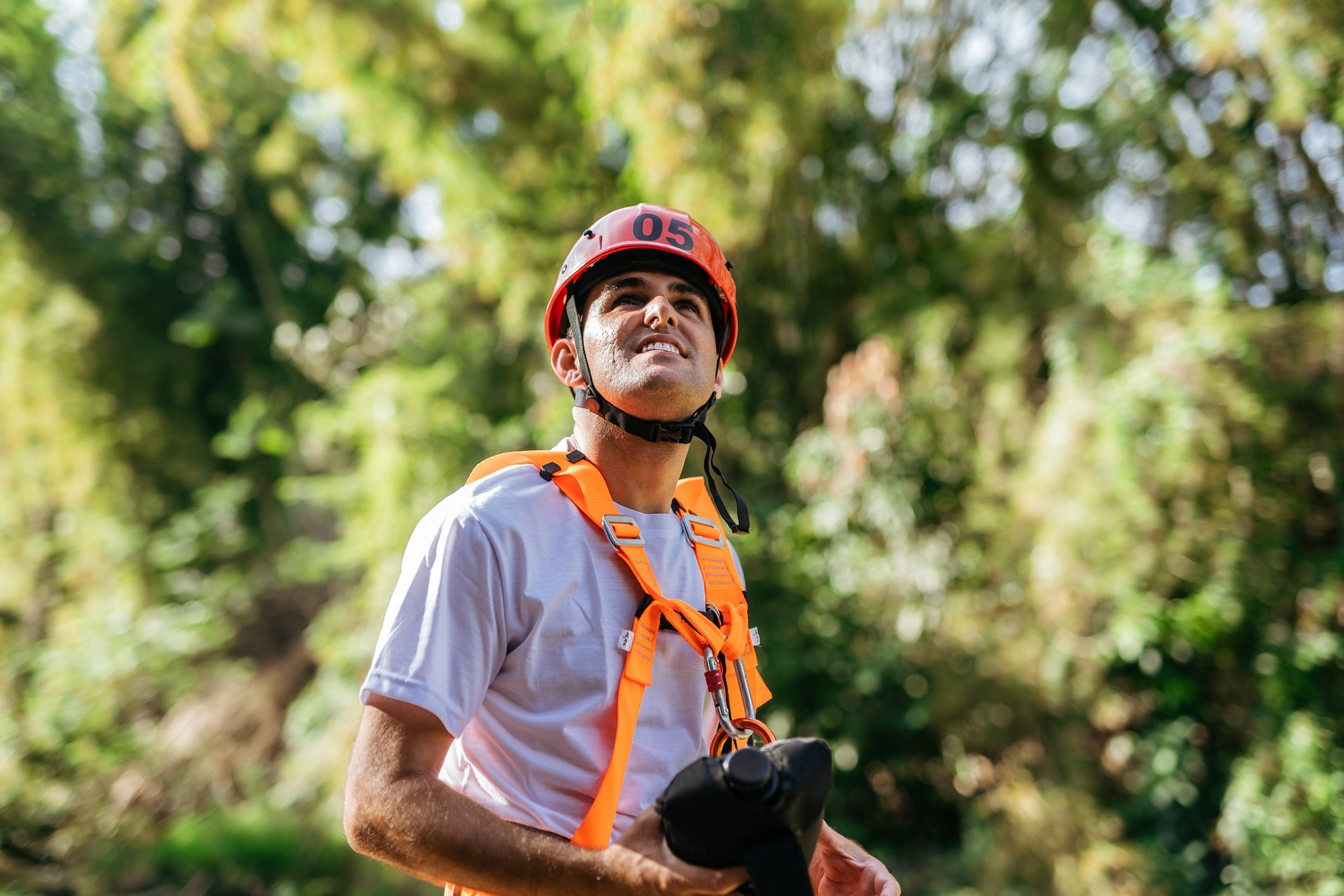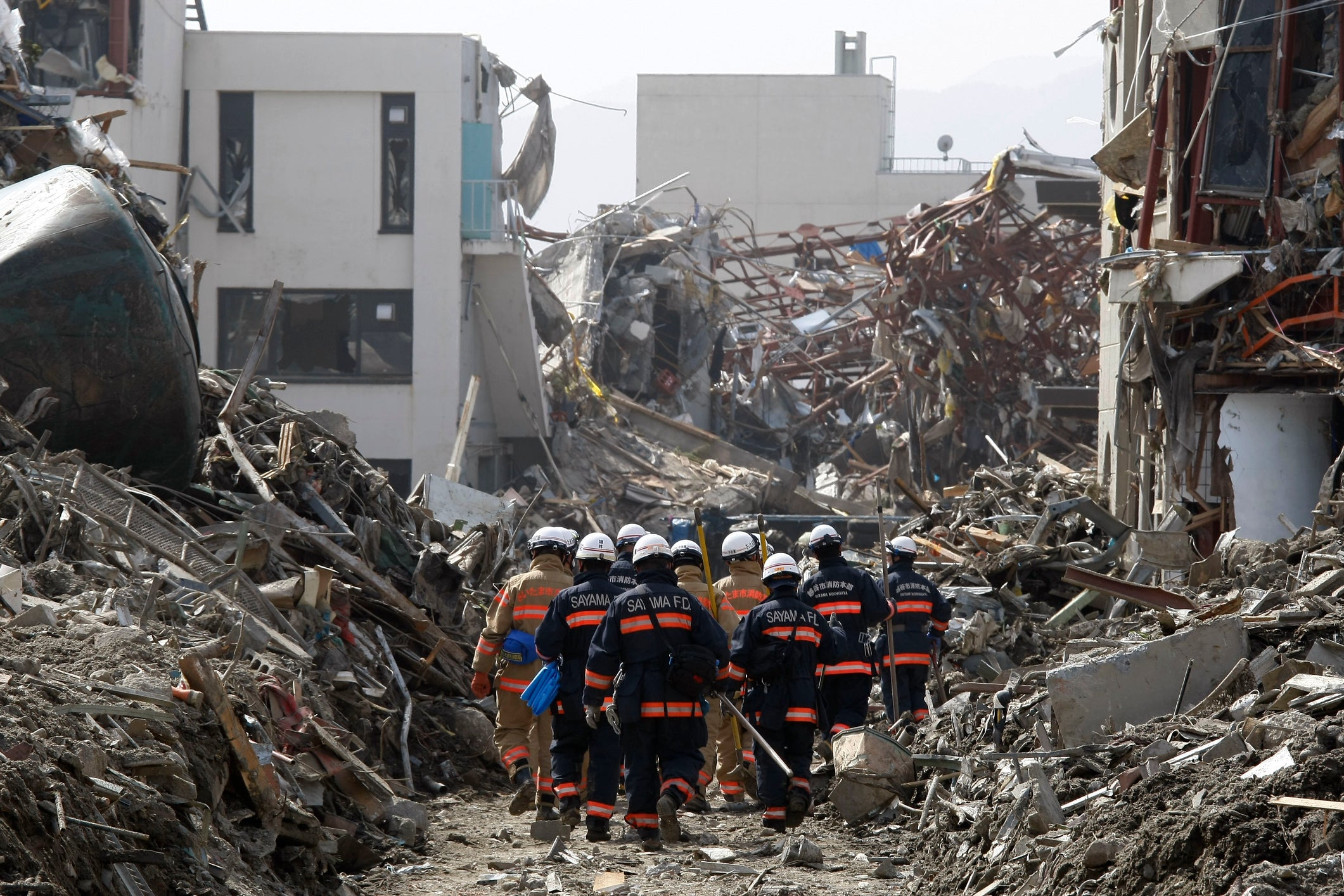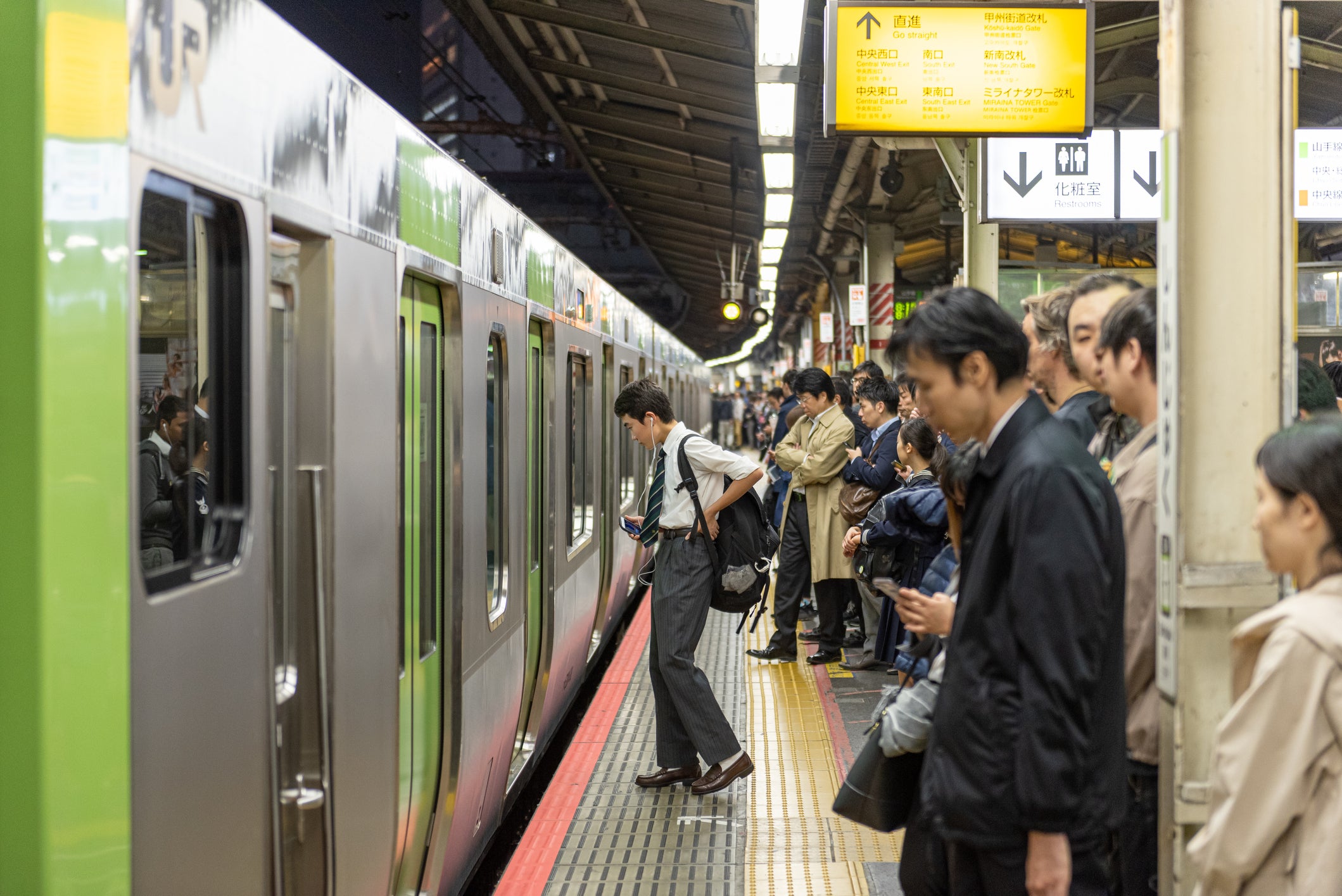Rapid transmission of disaster prevention information: How to use SNS
table of contents
Introduction
1. Utilization of official accounts
2. Use of hashtags
3. Cooperation with disaster information apps
4. Securing the network
5. Verification of real-time information
summary
Introduction
In recent years, due to the spread of social media, SNS (social networking service) is attracting attention as a means of rapid transmission of disaster prevention information. SNS enables real-time information sharing and communication, and is a very useful tool in the event of a disaster. In this article, we will explain in detail how to use SNS to quickly transmit disaster prevention information.
1. Utilization of official accounts
1-1 follow
If you find official accounts operated by local governments, related organizations, disaster prevention organizations, etc., actively follow them. This will allow you to see when a disaster occurs or when important information related to a disaster is posted on your timeline. Official accounts are a reliable source of information, so following them is important.
1-2 Turn on notifications
If you follow an official account, turn on notifications to receive posts from that account in real time. SNS platforms have notification settings that allow you to receive notifications when new posts or important information is posted from your official account. This allows you to quickly check information.
1-3 Utilize interactions
Official accounts not only provide one-way information, but also interact with users. You can post questions and doubts through replies, comments, direct messages, etc. In addition, in the event of a disaster, we may receive information such as relief requests and safety confirmations. Through communication with official accounts, you can receive necessary information and communicate your own situation.
1-4 Share and spread
By sharing posts from official accounts on your own account, you can reach more people with information. Particularly important information and evacuation advisories can be easily spread by sharing them on your own network. By disseminating reliable information, more people can receive accurate information.
1-5 Regular checks
Check not only posts from the official account, but also information from other reliable accounts that the official account follows. It is important to obtain information from multiple accounts and media, and in the event of a disaster, it is necessary to comprehensively judge information from various sources.
2. Use of hashtags
2-1 Search for related hashtags
In the event of a disaster, by searching for related hashtags, it is possible to grasp information such as the situation in the affected area and requests for relief. For example, searching for hashtags such as " #earthquake " and " #typhoon " will display related posts. This makes it possible to obtain information on the current situation in the affected areas, safety information, and information on support activities.
2-2 Use appropriate hashtags
It is important to use appropriate hashtags when posting information. By using hashtags, you can reach more people. For example, by adding relevant hashtags such as " #disaster information", " #evacuation ", and " #safety confirmation" to the post, the information will be more likely to be noticed by interested people.
2-3 Hashtag unification
Consistent hashtags are important when sharing information related to a particular disaster or emergency. For example, if an earthquake occurs, using unified hashtags such as " #Earthquake information" and " #Earthquake early report" will centralize the information and make it possible to check related posts all at once.
2-4 Utilization of trending hashtags
Certain hashtags can trend when disaster strikes. By posting information related to trending hashtags, you can reach more people. However, it's important to focus on the accuracy and relevance of information rather than overusing trending hashtags.
2-5 Points to note when using hashtags
There are a few things to keep in mind when using hashtags. First, overusing hashtags can make your post look spam. Choosing and using the right hashtags is important. Also, when adding hashtags, it is important to choose accurate and clear hashtags that match the relevant information.
3. Cooperation with disaster information apps
3-1 App download and registration
First, download a highly reliable disaster information app to your smartphone and register as a user. In many regions and countries, local governments and related agencies provide official disaster information apps. By downloading and using these apps, you can receive accurate information.
3-2 Use of location information
The Disaster Information App uses location information to determine the user's current location and provides disaster information related to that area. By allowing the app to use location information, users can receive information tailored to their location. This makes it possible to quickly obtain information on disaster areas and nearby evacuation sites.
3-3 Cooperation with SNS
Some disaster information apps provide functions for linking with SNS . By linking with your SNS account, you can automatically post information from the disaster information app to SNS . By linking their SNS accounts with the app, users can spread disaster information to their own networks.
3-4 Information on evacuation sites and relief supplies
The Disaster Information App may provide information on evacuation sites and relief supplies. Through the app, you can check information on nearby evacuation sites and supplies distribution sites. In addition, support such as route guidance to evacuation sites and procedures for receiving relief supplies may be provided within the app.
3-5 Disaster alerts and warnings
The disaster information app can receive disaster alerts and warnings such as earthquakes and floods. The app receives earthquake early warnings and weather information in real time, and notifies users of warnings and evacuation advisories. This allows users to respond quickly in the event of a disaster.
4. Securing the network
4-1 Ensuring redundancy
Network redundancy prevents communication disruptions due to single points of failure or disruptions. By using redundant network infrastructure and communication lines, it is possible to communicate via multiple routes and methods even in the event of a disaster.
4-2 Use of backup power supply
In the event of a disaster, the power supply may be interrupted, so it is important to use a backup power supply. By introducing a backup power supply such as a UPS (uninterruptible power supply) or a generator, it is possible to maintain the operation of communication equipment and network equipment and secure the network.
4-3 Utilization of mobile networks
Mobile networks often recover relatively quickly even in the event of a disaster, so they play an important role as a means of securing networks. By using mobile data communication and mobile routers, you can secure internet connection and means of communication in the event of a disaster.
4-4 Building a community network
It is also important to build networks of cooperation within regions and communities. Technologies such as mesh networks and peer-to-peer networks can be used to ensure a means of communication with neighbors. Especially in times of disaster, building a community network is effective because it is important to cooperate with people in the neighborhood.
4-5 Use of emergency communication system
Some regions and organizations have introduced emergency communication systems in the event of a disaster. For example, by using a dedicated emergency communication line or wireless communication system in the event of a disaster, it is possible to secure the network and provide an emergency contact method.
5. Verification of real-time information
5-1 Confirmation of information sources
First, let's check the source to confirm the reliability of the information. Public organizations and expert sources providing information, such as official disaster agencies, local authorities, and credible media, tend to be more reliable. It is important to verify information from official websites and official social media accounts.
5-2 Confirmation of matching information
See if multiple sources report similar information. Information is more reliable when multiple official sources provide the same information. By checking whether the information matches, you can identify misinformation and hoaxes.
5-3 Opinions of experts and professional organizations
When verifying information, it is also useful to consult the opinions and commentaries of experts and professional bodies. In particular, the opinions of people with scientific information and disaster-related expertise are important factors in determining the reliability of information. Review expert comments and commentary to determine the accuracy of the information.
5-4 Verification of photos and videos
Photos and videos spread on SNS are also subject to verification. Photos and videos are easy to edit and manipulate, so be careful when judging the credibility of information. You can determine the authenticity of a photo or video by verifying its origin, when it was taken, and information from a trusted source.
5-5 Use of fact-checking sites
It is also effective to use fact-checking sites to check the authenticity of information. Fact-checking sites are specialized organizations that objectively verify the veracity of certain information or claims. Use reliable fact-checking sites to verify your information.
5-6 Utilization of satellite communication
In the event of a disaster, terrestrial communication infrastructure may be damaged. In such cases, it is effective to utilize satellite communications. Satellite communications do not rely on terrestrial infrastructure and can provide communications over a wide area. In the event of a disaster, communication can be secured using satellite communication equipment installed in mobile communication vehicles and disaster relief centers.
summary
SNS is very useful as a means of rapid transmission of disaster prevention information, but it is necessary to emphasize the accuracy and real-time nature of information. Appropriate use of social media , such as following official accounts, using appropriate hashtags, and utilizing disaster information apps, will enable the rapid provision of necessary information to affected areas and interested parties. . Use SNS effectively in the event of a disaster to support the safety of the community.








